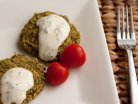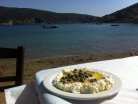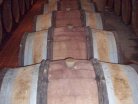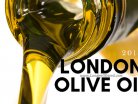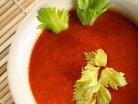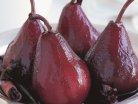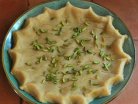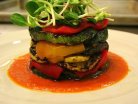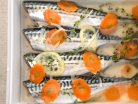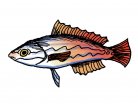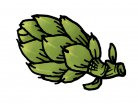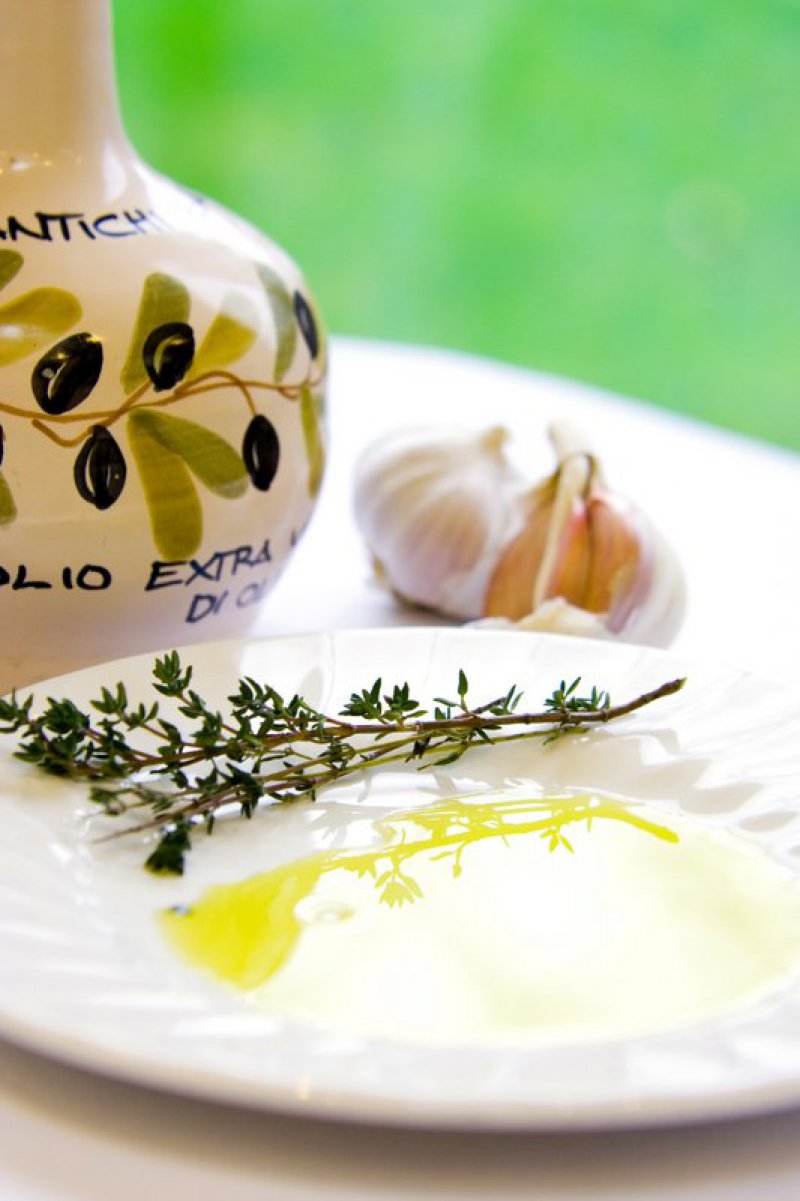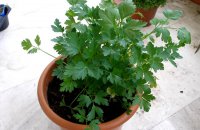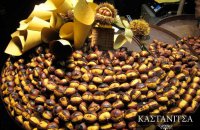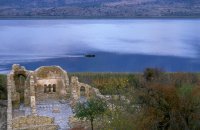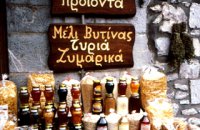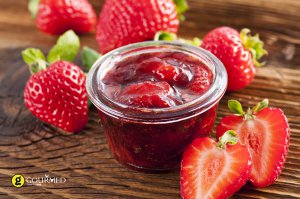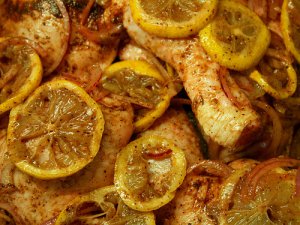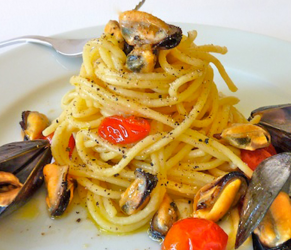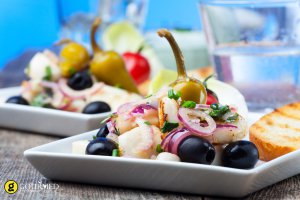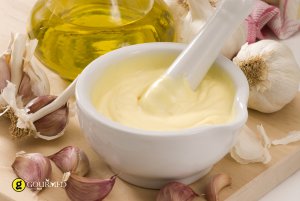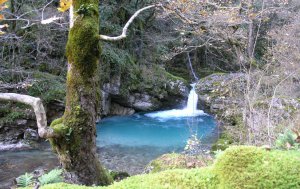As the largest island in Greece, Crete involves an area of 8.336 square km, 30% of which are plains, 20% low mountains, and about 50% high mountains. The cultivated land covers a mere 37% of the total- 360.000 hectares- 55% of which is occupied by olive trees.
The extent to which the olive tree is cultivated in tiny Crete is truly mind-boggling. The variety, too, is striking. Cretan olive trees grow on the fertile plains, the sunny hills, and the high mountains. They’re all around the towns, and in the towns; some are small, others large, others so old that their trunks stand out among the endless orange groves and vineyards.
Climate, soil and men: the perfect balance
Fertile plains and high mountains are the two most striking elements within the Cretan landscape. Along the mountain chains, thousands of olives trees grow on rather poor soil, as the olive tree can bring forth its fruit on all soils. The mild winters with soft rains and long periods of sunshine provide the perfect conditions for optimal results. The winds from the sea are rarely harsh, and in spring and summer hot, but not burning hot.
The olive trees stretch out their branches and drink in the life-giving rays of the sun. The olives “swell” in the autumn softness, full of oil, and Cretans love their olive trees as if they were members of the family. As in ancient times, the olive tree remains an integral part of the Cretan way of life, playing an important role not just in their diet, but in their art, history, and civilization as well.
Production & consumption of olives and olive oil in Crete
Olive groves in Crete occupy some 160,000 hectares; around 30 million trees are cultivated by 95.000 families.
The increase in Cretan olive oil production over the past 40 years has been spectacular, doubling twice over. The quality has also improved significantly and, in the last 15 years, practically all Cretan oil (90%) is of extra virgin quality, with an acidity level of less than one degree. Olive oil consumption is very high on the island, reaching close to 30 kilos per head, the highest per capita consumption of olive oil per capita in the world.
Exportations
Scandinavian countries, England, Austria, Germany, and North America are the main countries importing large amounts of bottled Cretan first-rate olive oil. In fact, the Italians buy a substantial quantity of unbottled Cretan olive oil to improve the quality and fragrance of their own oil.
Variety of olive trees
In Crete, there are basically three different categories of olive trees, each of which produces large amounts of both olive oil and edible olives.
The Olea Europea, or Mastoides (Koronaiki), is a very important variety, not just in Crete, but in all of Greece. Despite its small olives, it produces an oil of excellent quality and fragrance. It is resistant and can grow to an altitude of 500 meters. It bears fruit regularly, with each tree yielding an average of 150 kg of olives. This variety is found in the following regions of Crete: Chania, Heraklion, Lassithi and Sitia.
The Olea Europea variety, Media oblonga (Throumbolia – Chondrolia) is the classic variety of Crete, though part of its traditional cultivation has recently been replaced with the Koronaiki variety. It can be grown at an altitude of 700 meters, and, as long as the olives are gathered and pressed as soon as they fall from the tree, can produce an incredibly thick and rich oil.
The Olea Europea variety, Mamilaris (Tsounati) is the variety that is most resistant to climatic extremities. It is grown mainly in the area of Chania and produces first rate olive oil.
Olive oil in Cretan diet
For centuries, Europeans and Americans have been using animal fat for cooking, mainly butter and pork fat. The primary reason that Cretan diet is so healthy is because the island has never known such fats, exclusively using olive oil in its kitchens. When the famed English traveler Robert Pashley came to Crete in the first half of the 19th century, he was astonished by the consumption of olive oil: "A mother will hardly give bread to her children without pouring them out some olive oil into a dish, that they may moisten the staff of life, and render it more savory, before eating it. Oil is used on all kinds of vegetables, as well as in preparing every sort of meat and fish: in short, it enters into every dish in Crete. Though all Greeks use a good deal of it, there is a much greater general consumption of it in this island than elsewhere."
Scientific verification
A little more than a century later, the American Rockefeller Institute carried out a research between 1948 and 1957 among the inhabitants of Crete, declaring in its report: "Cretan diet consists mainly of vegetarian products such as cereals, vegetables, fruit and olive oil… Olives and olive oil play an important part in the resistance of a Cretan constitution. A foreigner might find that Cretan food actually swims in oil: the consumption of olive oil is a distinctive attribute of the Cretan diet."
Olive oil in Cretan cooking
The deeply rooted and continuous relation of Cretans with olive oil can be traced deep into antiquity. For centuries, olive oil has been curing both body and soul and is an indispensable element of the daily diet. Oil is generously poured on all casserole food, on boiled food, roasts, fried food and even on the delicious sweetmeats and pastries. Raw, it is used for salad dressings and bread; rusks are often soaked in its delicious and lovely glossiness.
Olive Oil in Cretan Cuisine
Foreigners visiting Crete are often astonished when they realize the extent to which the olive tree is cultivated in this little corner of the southeastern Mediterranean.
Country:
Category:
Related Articles
Most Popular recipes

